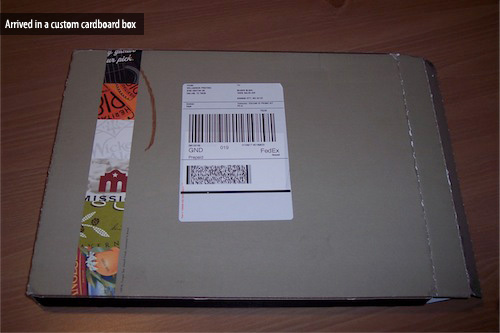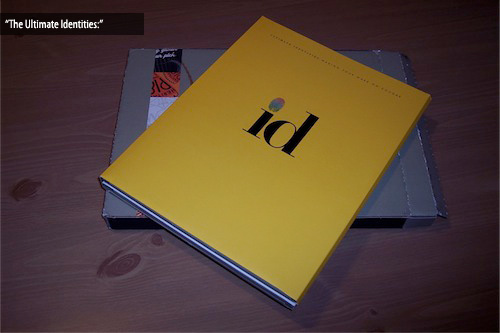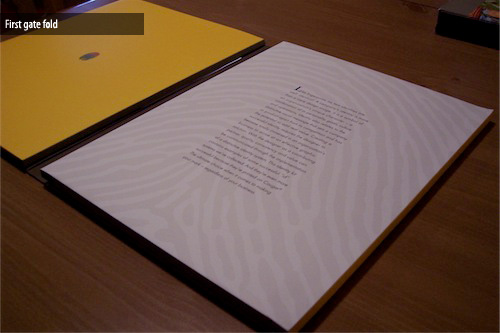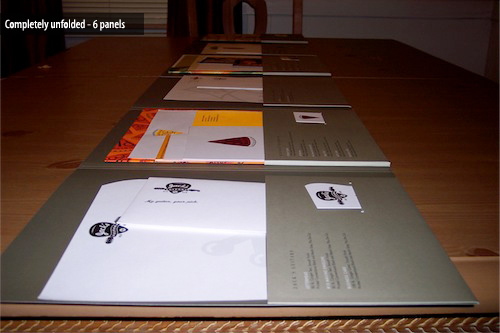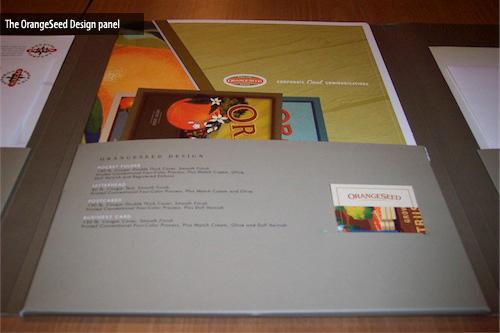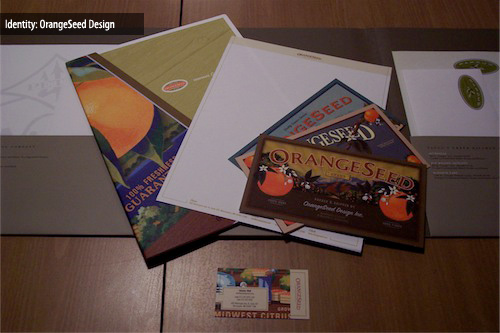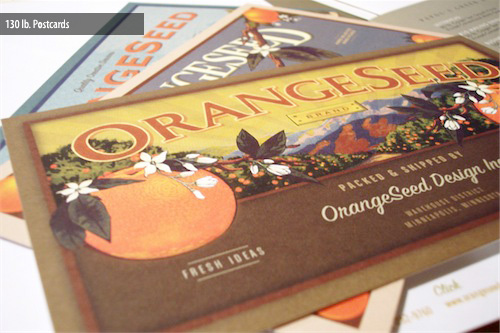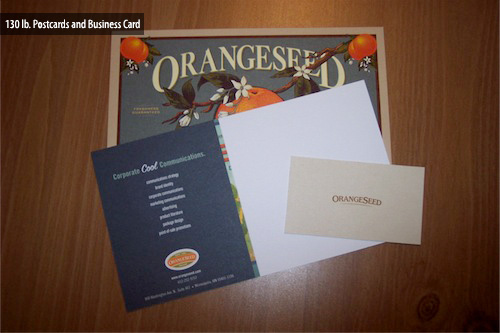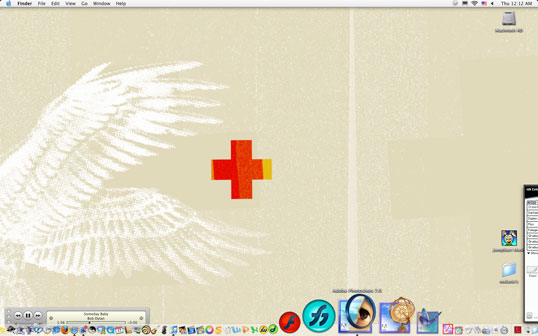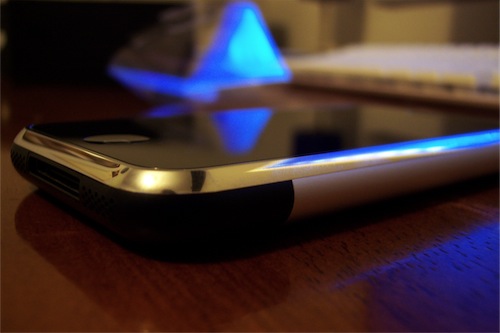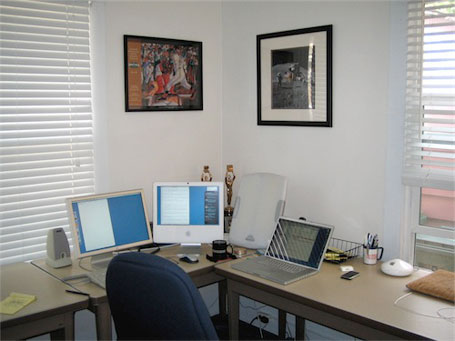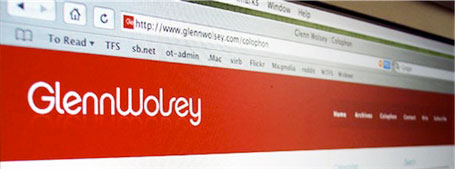Most people want to get organized, and know they ought to but aren’t willing to take the necessary time and energy to actually get there. Then those that do begin to get organized don’t survive the initial time of frustration that comes due to their change in work-flow. Thus, millions of people live their whole life and never get organized. They spend their personal and professional life surrounded by clutter, nonsense and junk mail.
Heck. Why do you think the roll top desk was invented? To cover up clutter. You know it must have been invented by a guy that just couldn’t keep things organized and was sick of looking at his messy desk. If you’ve got a clean workspace you want to show it off.
What high-school basketball can teach us about organization
How about we use a sports analogy to discover how being organized could make you the new Michael Jordan of the freelance world. (Am I exaggerating? Probably.)
Lets say you grew up shooting hoops in your front driveway with your brother. You were always better than him, because you had some natural skill. Your specialty is the free-throw, and on a scale of 1-10 you’re at a skill level 6.
The problem is you have bad technique and poor form. If your game stays that way you’ll never be any better than a 6.
When you join the high school basketball team your coach starts teaching you the proper stance and follow through. But the new technique hurts your game and brings you down to a skill level 3.
However – if you keep practicing the right techniques you will soon be back to where you were (a 6) and continue to get better. Moving on to a 10. Did someone say Pepsi endorsement?
At first, it sucks dropping from a 6 to a 3, but if you don’t then you will never get free soda for life.
Now do you see why the same goes for your organizational skills?
Where the problem lies: Don’t be a noob
The three primary areas of input and output for any designer’s life exist within email, tasks and files/folders. (This goes for non-designers too).
One of the differences between pro-designers and noobs is those that have nailed down a bulletproof system of squeaky clean organization.
Hopefully I can give you some ideas and help you to avoid roll top desk syndrome. Here is how I manage each of these areas.
Email
Get a system set up for how you handle your email. Keeping it all in your inbox is not the way to go. The breakthrough came for me when I realized that there was no cut and dry answer for everyone across the board. Make your email organization into a system that works for you, using language that you understand.
I have 4 folders setup that handle every single one of my emails. They are labeled in a way I understand. When I open my inbox I can sort through all of my emails very quickly. Even if I don’t have time to reply or take action right away.
My email folders are –
1. Reply –
Any email that I need to read and reply to goes here. Simple as that. If I have time to reply right away then I will, otherwise I file it and reply as soon as I have time.
2. Action –
Any email that contains a ‘todo’ item, or needs some sort of involved follow up goes here. If I can quickly put that action item into my task management system and delete the email then I will. Otherwise it goes into the ‘Action’ folder and I get to it as soon as I have time.
3. Hold –
This is a temporary archive folder for emails that contain important information that is only relevant for a short amount of time. Such as directions to my friends wedding next weekend. I filter though the ‘Hold’ folder about once a week to delete any emails that are no longer relevant.
4. Archive –
This is where I place all the emails I want to keep long-term. They may contain important information or a sentimental letter. Either way I want to hold on to them.
Everything else gets deleted. Yes. Deleted.
Task Management
Now that I don’t have to live inside my email application I still have to manage action items and ToDo’s.
For this I use iGTD. Primarily because of it’s ability to sync between multiple Macs.
The key to successful task management is not only putting your information in, but utilizing that information.
When I begin a new job I create a new project in iGTD. From there I can add as many ToDo items as I want with notes, tags, contacts, due dates, flags and more. This way I can keep all the communication and specs and details of a project in one central location.
The great thing about having an organized task management system is that I am relieved of the responsibility of keeping edits and due dates in my head.
(I have heard about the glories of Mail Tags’ integration with iGTD but have yet to pop the $20 and try it out.)
File Structure
Having a well named file structure with a clear distinction between proofs and concepts and finals is very important.
I primarily use folder hierarchy to keep my files structured and label the open design files with the concept number.
To keep a full resolution open design file of every version of a design would be outrageous. So a practice I just began doing is to keep the low-resolution proofs I send off to the client. I used to delete those low-res PDFs but now I keep them so if the client ends up wanting to revert back to an older proof versions I can quickly pull it up, know what they are talking about and deliver.
Conclusion
As you begin to get your system put together there are two important things to remember.
First of all, make your system work for you. Use language and structure that makes sense to you.
Secondly, stick with it. It will take time and diligence to get into a rhythm of organization, but it is worth it. Even though you may feel like you’ve dropped down to a “level 3” in organizational skill, imagine how much less stress you’ll feel just a few weeks and months down the road from now when you’ve passed where you used to be.





